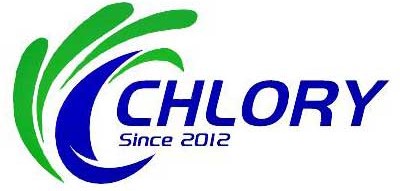In an era marked by heightened ecological awareness, sewage treatment has become a vital pillar for maintaining environmental balance and safeguarding public health. Sewage treatment plants (STPs) employ a wide range of technologies and chemical agents to purify wastewater, with sodium hypochlorite (NaClO) standing out as a cornerstone solution for disinfection. Chlory's BSHH series sodium hypochlorite generators exemplify this innovation, using brine electrolysis to provide a safe and stable supply of NaClO for efficient wastewater treatment.
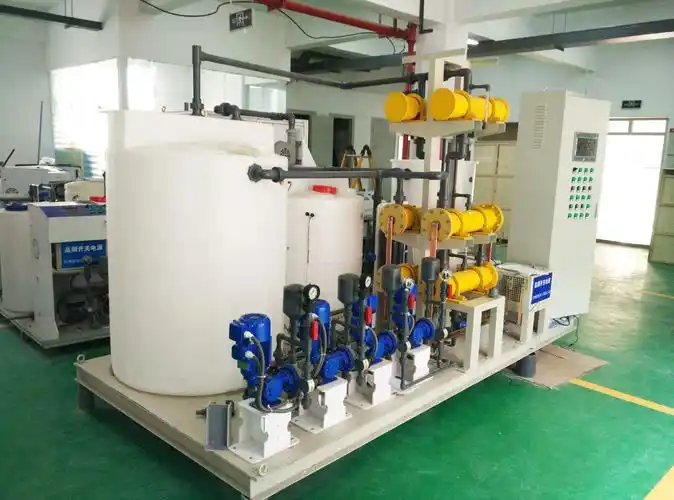
Disinfection Mechanism and Operational Advantages
As a powerful oxidizing agent, sodium hypochlorite disrupts microbial activity through a two-step process. Upon contact with water, it undergoes hydrolysis: NaClO + H2O ⇌ NaOH+HClO
The resulting hypochlorous acid (HClO) penetrates bacterial cell walls, oxidizing enzymes and proteins to inactivate pathogens. This mechanism ensures rapid, broad-spectrum disinfection across various types of wastewater.
Key Benefits for STPs:
- Cost-Effective Solution:Leveraging abundant raw materials (salt and water) and a simple production process, NaClO offers up to 30% cost savings compared to alternatives like chlorine dioxide, making it ideal for optimizing operational budgets.
- Reliable Performance:Its ability to reduce microbial counts by 99.9% within minutes ensures that effluent meets strict regulatory standards for both urban and industrial applications.
- Enhanced Safety Profile:Unlike volatile liquid chlorine—linked to 45% of disinfection-related accidents—NaClO’s non-volatile nature minimizes leakage risks, aligning with modern workplace safety protocols.
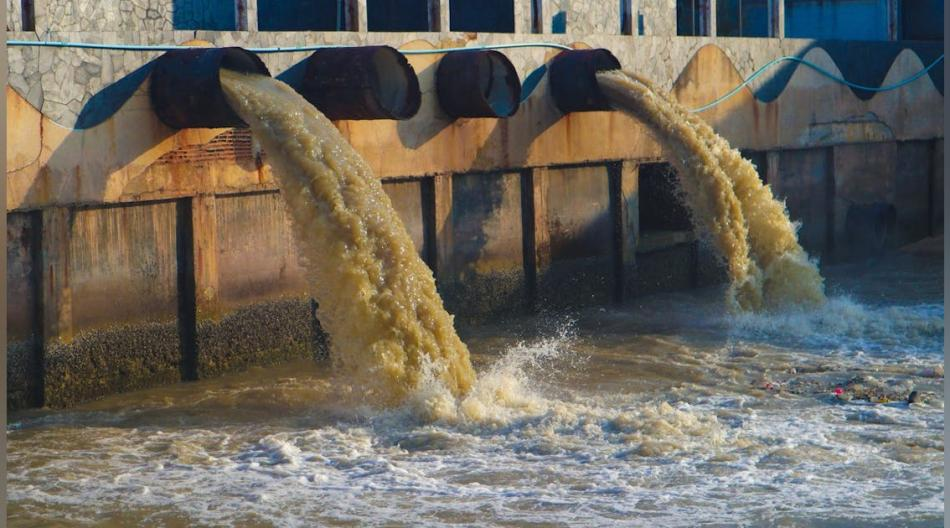
Diverse Applications Across Wastewater Sectors
1. The application of sodium hypochlorite in municipal sewage treatment
In urban STPs, sodium hypochlorite is used during the tertiary treatment stage to eliminate residual microorganisms in biologically treated sewage. This process transforms wastewater into reusable resources, with 70% of treated effluent now repurposed for urban landscaping, irrigation, and industrial non-potable uses.
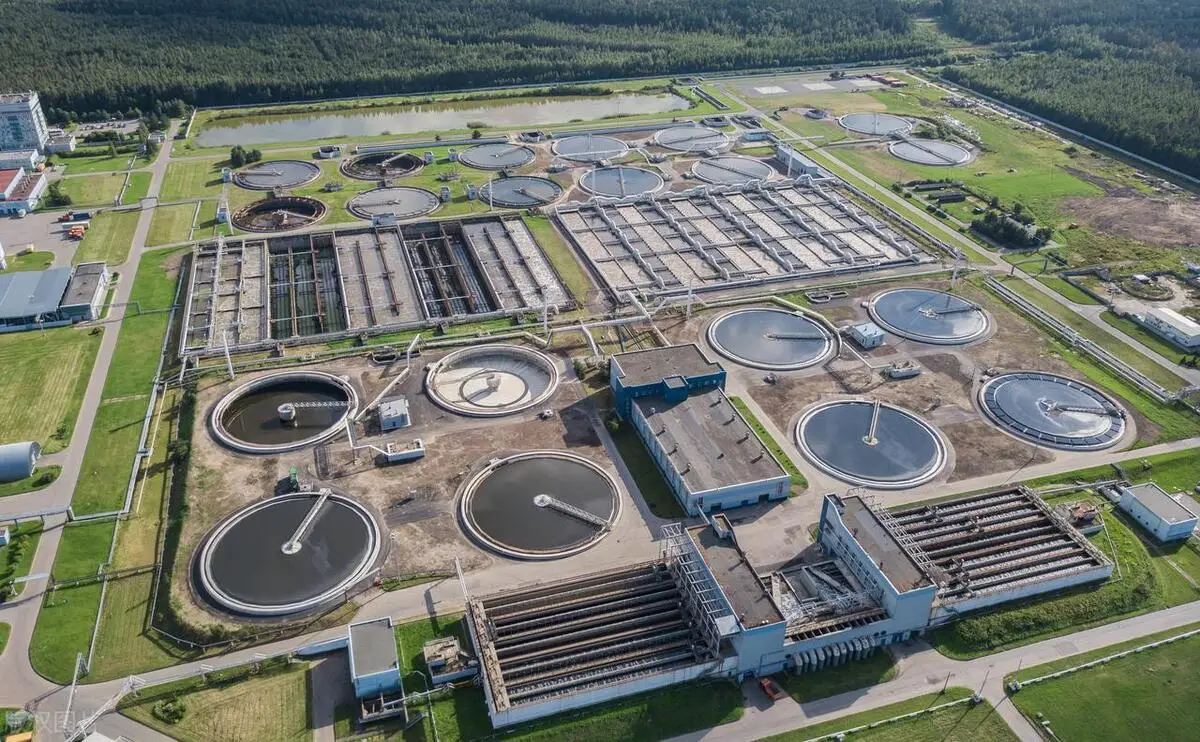
2. The application of sodium hypochlorite in Industrial Wastewater Treatment
Industries such as food processing and pharmaceuticals rely on NaClO to address complex contaminants. For example, in pharmaceutical wastewater, NaClO reduces biological toxicity by 85%, ensuring compliance with strict discharge norms and enabling safe reuse in closed-loop systems.
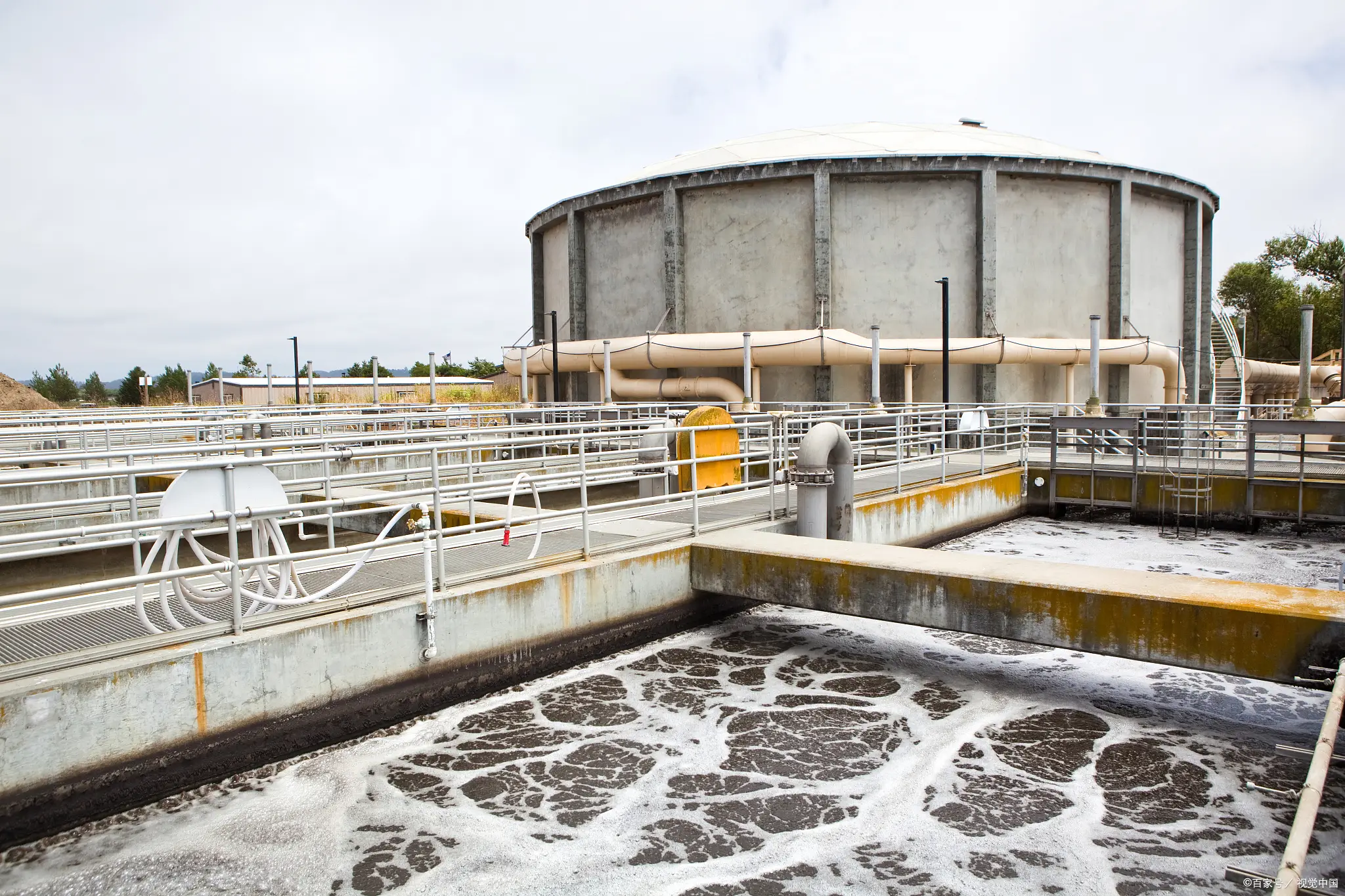
Best Practices for Optimal Performance
Precision Dosing Strategies:
- Data-Driven Calibration: Advanced STPs use real-time sensors to analyze parameters like COD, BOD, and microbial load, dynamically adjusting NaClO dosage to maintain a residual chlorine range of 0.5–2 mg/L.
- Dosing Systems: Gravity dosing (suitable for small plants with a capacity of <1,000 m³/day) and pressure dosing (for medium-to-large plants) ensure accuracy, with contact times optimized between 20–40 minutes based on water quality.
Challenges and Mitigation:
- Solution Stability: Store NaClO in dark, cool environments (≤25°C) with a maximum shelf life of 30 days. Regular titration tests (weekly for high-use facilities) ensure that effective chlorine levels remain above 10%.
- Safety Protocols: Implement mandatory PPE (gloves, goggles, respirators) and install automated ventilation systems to reduce exposure risks. Incidents of skin irritation dropped by 60% in facilities adopting these measures.
- Residual Chlorine Control: Deploy continuous monitoring systems to detect excess chlorine (>1.0 mg/L). Sodium sulfite dosing systems can reduce residual levels to <0.5 mg/L within 15 minutes, protecting aquatic ecosystems.
Future Innovations and Sustainability of Sewage Treatment plants
The future of NaClO in STPs lies in intelligent integration. Emerging technologies such as AI-driven dosing algorithms and IoT-connected sensors promise to:
1. Achieve a 20% reduction in chemical waste through predictive analytics.
2. Enhance energy efficiency by 15% via optimized electrolysis processes in the next-gen BSHH series generators.
3. Support circular economy goals through water reuse innovations, with treated effluent meeting ISO 16241 standards for indirect potable reuse in 30% of new STP projects.
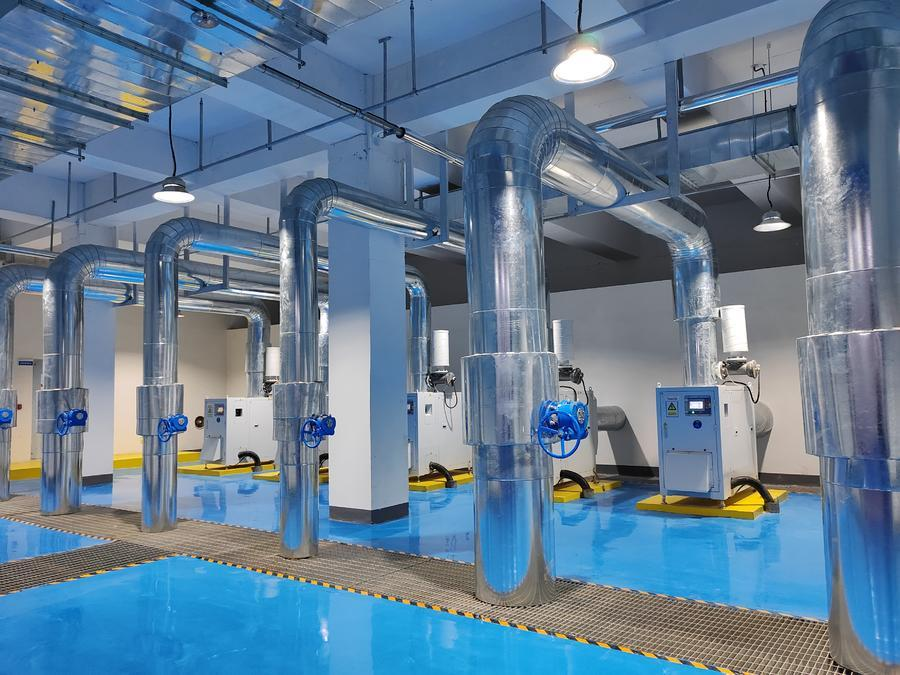
Chlory’s commitment to sustainability is further reflected in its low-carbon manufacturing processes, with 90% of BSHH series components being recyclable and energy consumption reduced by 40% compared to legacy systems.
